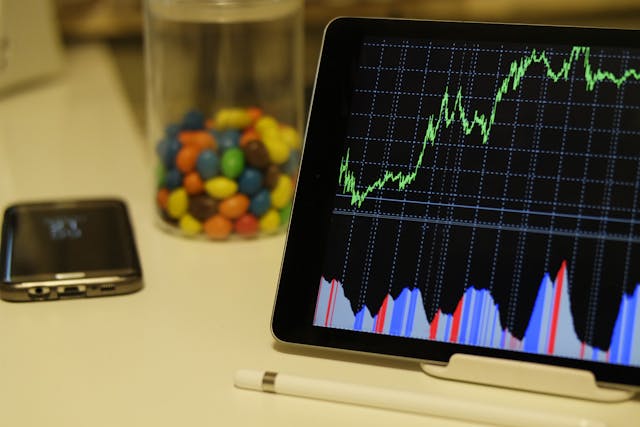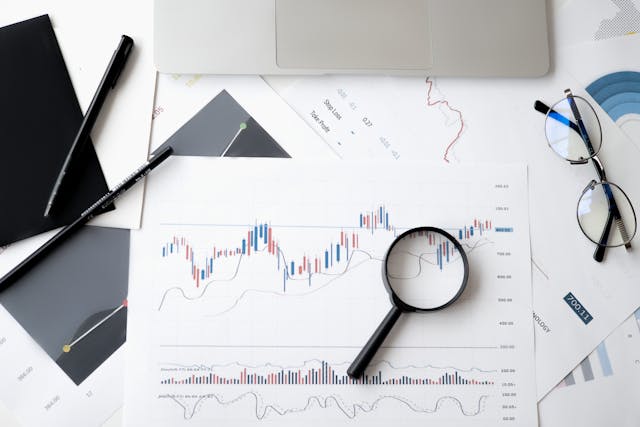For many, the idea of futures trading is cloaked in a veil of mystery and complexity. But at its core, it offers a dynamic way to hedge against price fluctuations or speculate on the movement of a wide array of products, from agricultural commodities to financial instruments.
The journey into trading futures begins with understanding how to trade futures—an endeavor that involves immersing oneself in the principles of contracts agreed upon today, to be settled at a future date.
Choosing the Right Platform
One can’t underestimate the importance of finding a trading platform that aligns with your needs. With technology evolving at breakneck speed, the modern trader demands not only reliability but a seamless, user-friendly experience.
Platforms today offer sophisticated tools that can elevate one’s trading game—real-time analytics, automated systems and comprehensive support. These features are invaluable, helping to bridge the gap between amateur enthusiasts and seasoned professionals. It’s about finding that perfect blend of innovation, security and support to ensure that every trade counts.
An Introduction to Commodities Trading
At first glance, commodities trading might seem distant from our everyday lives, yet it touches almost everything we interact with—from the coffee we drink to the fuel in our cars. This sector of trading offers a tantalizing mixture of necessity and volatility, making it an attractive area for many traders.
Diving into commodities means understanding the delicate balance of supply and demand, weather patterns, geopolitical tensions and economic indicators. For those looking to diversify their portfolio, trading commodities can offer a tangible, real-world connection to their investments, rooting their trading experience in the global economy’s push and pull.
The Currency Exchange Dance
Forex, or foreign exchange trading, presents another thrilling arena for traders. This market encapsulates the global dance of currencies, where every geopolitical event and every shift in trade relations, impacts currency values. Forex trading involves pairing currencies, buying one while selling another, in the hope of profiting from changes in their relative values.
It illustrates the global interconnectivity of economies, thereby requiring traders to keep a pulse on international news, economic indicators and even cultural shifts. The allure of forex lies in its continuous operation, offering traders opportunities to engage with the market 24 hours a day, harnessing the ebb and flow of the global tide wave of currencies.
Entering the world of trading—be it through futures, commodities, or Forex—demands a blend of curiosity, financial planning, education and caution. While the potential for profit exists, so too does risk. Balancing this equation is key to developing a sustainable trading strategy.
By choosing the right platform, diving into commodities and understanding the currency exchange, traders can navigate the complex waters of the financial markets with increased confidence. Remember, every successful trader started as a beginner, armed with nothing but a willingness to learn and a drive to succeed.


